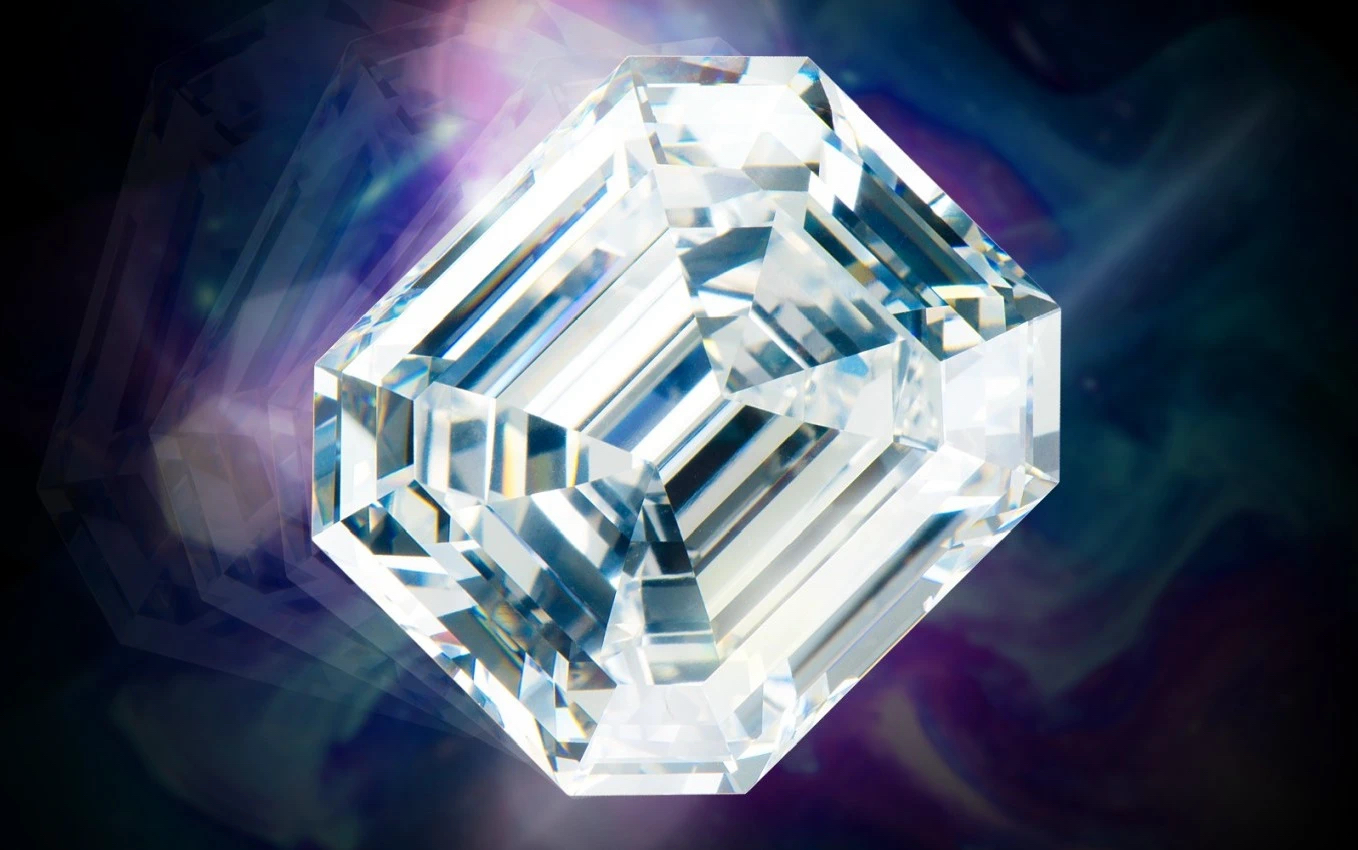
In recent months, the Los Angeles Museum of Natural History is holding a special exhibition of rare gems and jewellery famous [100 Carats: lcons of the Gem World]. In this exhibition, the "head" is a giant diamond [Jonkerl] weighing 142.90 carats. Today, I will show you the past and present life of this "Internet celebrity".
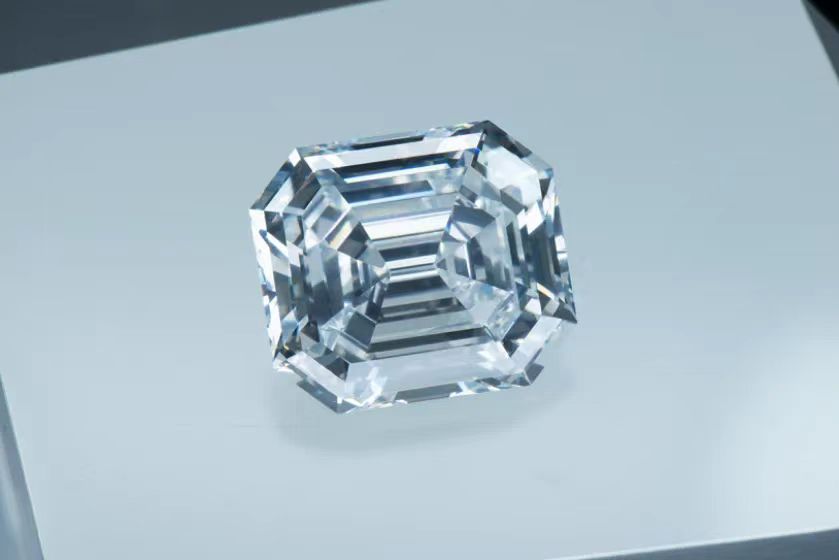
[Jonke l] The "background" of the story is quite grand, about 300 miles from the surface, starting 1 billion years ago!
"These diamonds, which constantly set world records, often form deeper on the earth as they are heavier. Although this is not always 100% correct, it is correct for most diamonds. It is about 300 miles from Los Angeles in the United States to Phoenix, which is the "home" of diamonds. Dr. Aaron Celestian, Director of Mineralogy of the Natural Museum, introduced.
Most of the diamonds on the earth - that is, diamonds formed inside the earth (not those formed around meteors, nor those that fall on the surface of Jupiter due to pressure), were created by the Kimberley volcano that stopped erupting 70 million years ago. The high temperature and high pressure of the volcanic eruption can easily destroy a big diamond. Therefore, although these diamonds are about 1 billion years old, they must also reach the surface very quickly (about 15 minutes), otherwise there will be no today's article.
Celestian mentioned: "If there is any pause in volcanic activity, the diamond will be dissolved." Therefore, although people think that diamonds are very common in our universe, large diamonds from the earth like [Jonker l] are extremely rare. When she was first discovered, it was considered to be the largest diamond found so far - the 3,106-carat Cullinan diamond d-part.
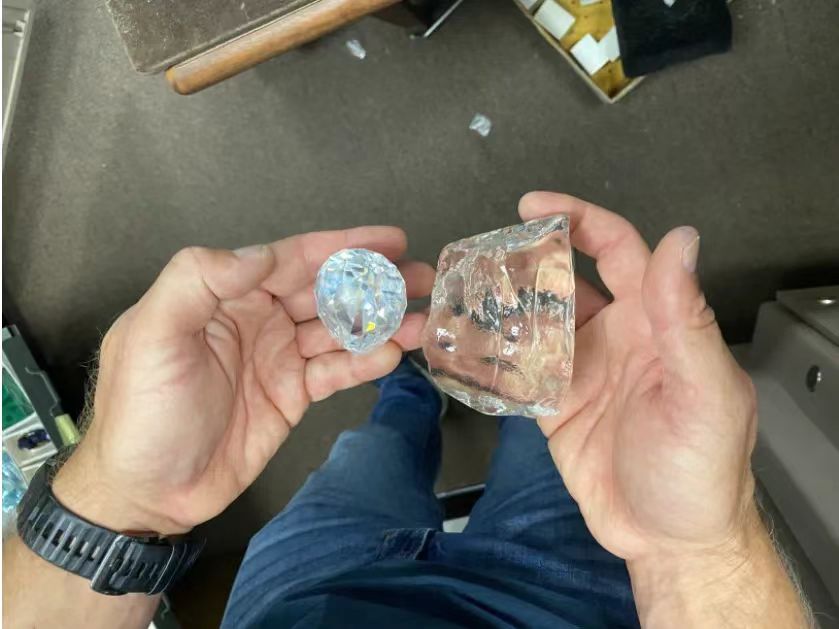
The picture above is a glass copy of Curinan Diamond, whose surface is very flat. This is considered to be a cleating surface. The crystal may rupture in the process of rising to the surface of the earth, and no one can figure out where the other part is. The Cullinan diamond was discovered in 1905, attracting a large number of prospectors to South Africa. They believed that according to its unique plane, Cullinan was only a part of a larger and undiscovered diamond.
Johannes Jacobus Jonker was one of those explorers looking for the reverie part of the Culinan diamond, but he found nothing worth mentioning in 18 years of mining until a rainstorm in 1934, when his youngest son found a 726-carat diamond. This diamond has caused a sensation around the world.
"The original diamond found at that time also had a very large plane on it, so people naturally thought that she and the Culinan diamond were connected at some point." Celestian said.
This may be a connection with its own huge scale, through a jewellery distributor who is proficient in the media, which caused Jonker's discovery to cause a global sensation. In 1935, New York diamond dealer Harry Wiston bought the uncut diamond originally purchased by Sir Ernest Oppenheimer for £15. HW asked people to send diamonds from South Africa to New York by registered mail at a cost of $64 (not insured). He opened this inconspicuous package in front of a group of eager reporters, which was the first stop of a series of public relations activities. HW exhibited the diamond in every major city in the United States, and entrusted celebrities such as Shirley Temple to take photos of it. Finally, she chose Lazare Kaplan, the "cutting god" to cut this huge diamond.
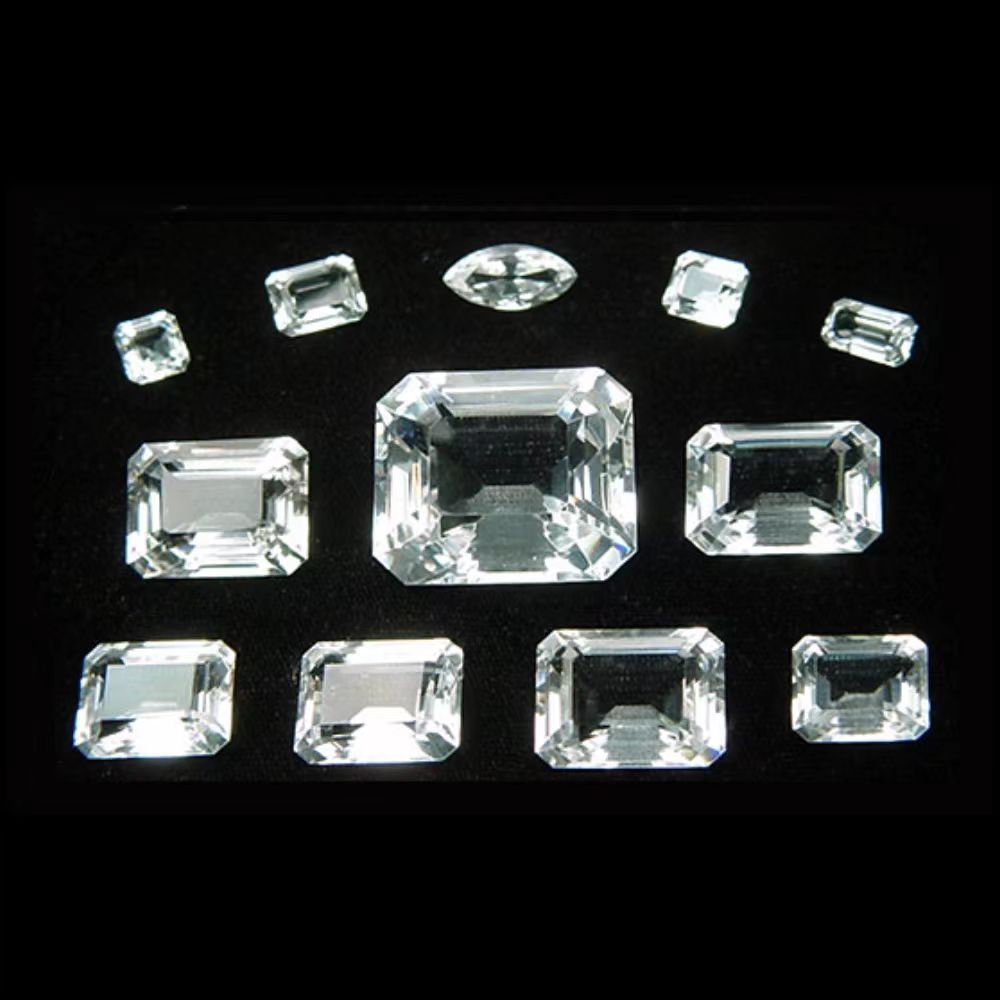
At that time, "Jonker" was the largest diamond ever cut in the United States. Although diamonds are the hardest natural substance on earth, they also have weaknesses. Therefore, Lazare Kaplan spent six months to a year planning the cutting of the original drill correctly.
Celestian said, "The advantage of manual cutting is that these are inherent weaknesses. People think that diamonds are indestructible materials, but they are very easy to destroy. Diamonds can be cut along the texture like wood, and clarifying the directional molecular structure is the key to cutting the raw stone. Through careful research, the diamond cutter can also avoid these weaknesses and ensure that the diamond will not be broken under impact.
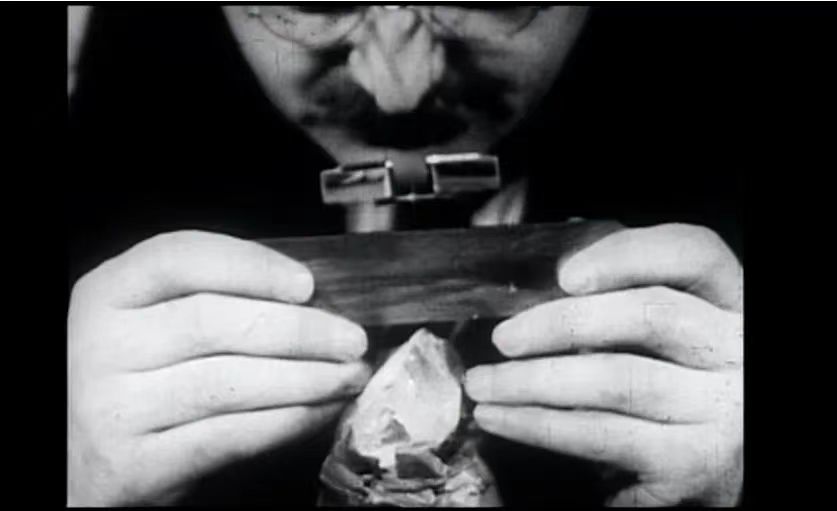
Manual cutting can make diamonds stronger, but there are also risks. The disadvantage is that if you miss it, you will only have a smaller diamond at the beginning. Celestian mentioned, "He may have hit the diamond from the wrong plane or angle, which may be another fracture in a different direction.
After accurately marking the cutting angle of the huge diamond with ink, Kaplan first carved a groove on the hard surface of the diamond to ensure that it would not break. His tools were coated with olive oil and diamond powder to help the blade find a focus on an incredibly hard surface. After pointing the blade at the groove, a sharp hit split the stone diamond.
Kaplan's calculation and cutting have proved to be perfect. "Jonker" was cut into 13 diamonds, the largest of which is emerald, weighing 142.90 carats [Jonker l], which is considered by some to be the most perfect cut gemstone in existence.
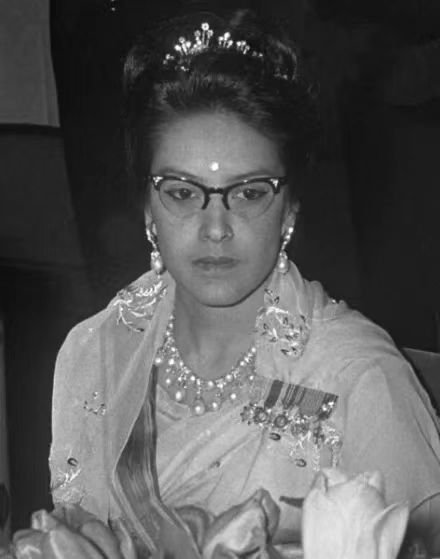
[Jonker l] Later, it fell into the hands of the royal family. We don't know how Queen Ratna got this famous diamond until 1977, when she was bought by an anonymous buyer in Hong Kong. In addition, we don't know whether this diamond has ever been set by the queen.
That's right. Famous diamonds are Chuangqi.
Source: Beijing RoyaIH Jewellery
